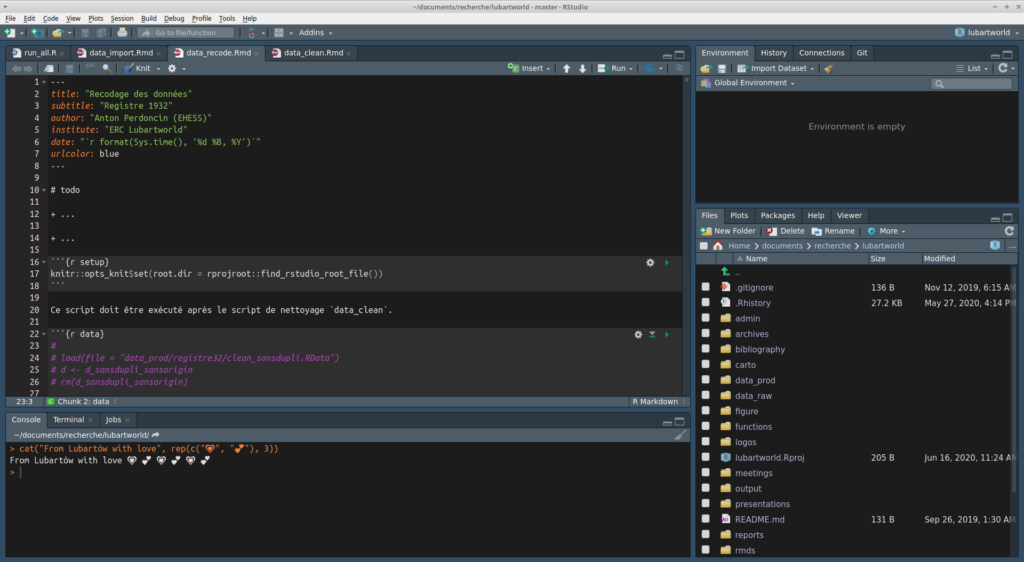
Methods
Our methodology is inseparably quantitative and qualitative. It aims is to collect, organize, and analyze information—which may not be homogeneous but is at least comparable—from a large number of archival collections produced in various national contexts.
On this page you will find thematic articles detailing certain aspects of our methodology. It is updated as we make empirical advances and develop our methodological thinking.
Quantitatively, our challenge is to build a coherent database without overwhelming the variety and singularity of routes, or omitting the relationships between individuals. The development of a transparent and replicable process of data collection and organization will enable the implementation and original combination of various modelizations: event history analysis, geometric data analysis, network analysis, and optimal matching analysis.

From Sources to Data: How to Build a Replicable Workflow
Finding Duplicated Individuals in a Historical Dataset


A Daitch-Mokotoff Soundex function for R
Aidelman, Ajdelman, Edelman, Ejdelman: these patronyms sound the same, but are not spelled identically. How is it possible to detect automatically the phonetic correspondence between orthographic variants of the same names? This article explains how a soundex function based on the Daitch-Mokotoff rules was built in R.
Combining Networks and Trajectories: First Perspectives


